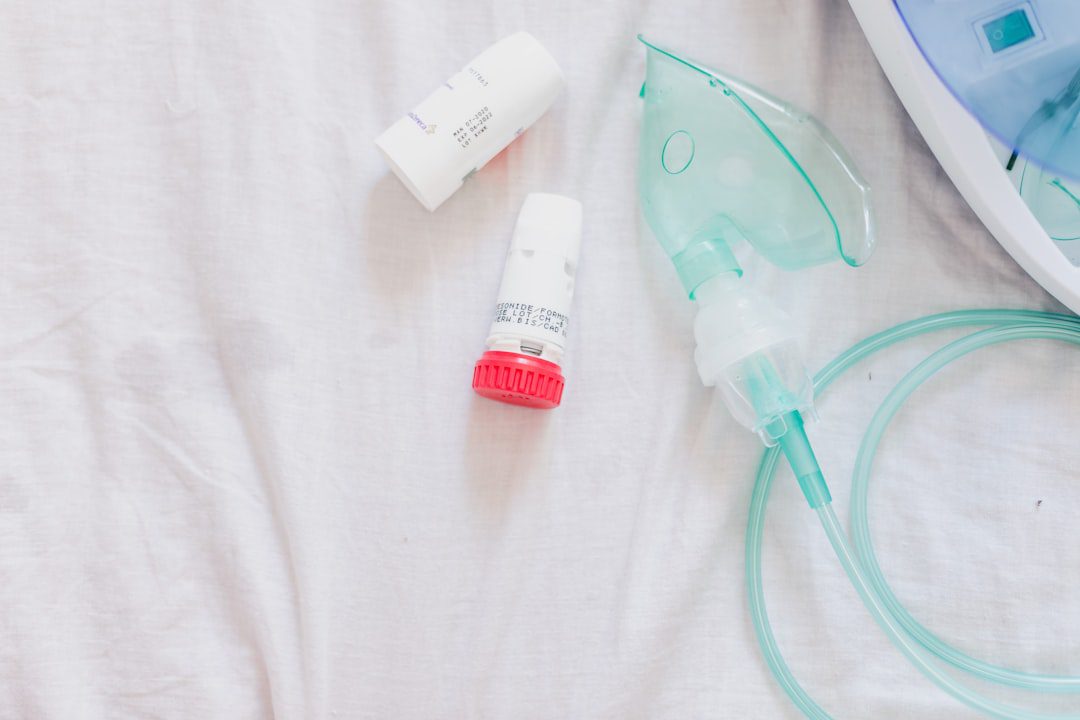
FDA Issues Early Alert for Conavi Diagnostic Intravascular Catheter
The FDA has issued an early alert regarding a safety issue with diagnostic intravascular catheters manufactured by Conavi Medical Inc. This communication represents a significant development in the agency’s ongoing efforts to enhance medical device recall communications through their pilot program designed to provide faster, more transparent safety information to healthcare providers and patients.
Understanding FDA’s Early Alert System
The early alert is part of the FDA’s Communications Pilot to Enhance the Medical Device Recall Program, which aims to improve how critical safety information reaches stakeholders before formal recall classifications are completed. This pilot program represents the FDA’s commitment to accelerating safety communications, particularly for devices that pose immediate risks to patient safety.
Traditional recall processes can take weeks or months to fully classify and communicate. Early alerts bridge this gap by providing immediate notification of potential safety issues while investigations are ongoing.
Intravascular Catheter Safety Implications
Diagnostic intravascular catheters are Class II medical devices used for cardiac catheterization procedures, including coronary angiography and intravascular imaging. These devices are critical for:
- Coronary artery visualization and assessment
- Intravascular ultrasound (IVUS) imaging
- Optical coherence tomography (OCT) procedures
- Fractional flow reserve (FFR) measurements
Any safety issue with these devices can have immediate and severe consequences for patients undergoing cardiac procedures, making rapid communication essential.
What This Means for Medical Device Manufacturers
This early alert serves as a critical reminder for medical device manufacturers about several key compliance considerations:
Post-Market Surveillance Obligations
Under 21 CFR 820.198, manufacturers must establish and maintain procedures for receiving, reviewing, and evaluating complaints. The Conavi situation underscores the importance of:
- Robust complaint handling systems that can quickly identify trending issues
- Immediate reporting to FDA when adverse events suggest device defects
- Proactive communication with customers and users
MDR Reporting Requirements
Manufacturers must ensure compliance with Medical Device Reporting (MDR) requirements under 21 CFR 803. Key timeframes include:
- 24 hours: Report deaths and serious injuries that require remedial action
- 30 days: Report device malfunctions that could cause or contribute to death or serious injury
- 5 days: Follow-up reports with additional information
Immediate Action Items for Manufacturers
In light of this early alert, medical device manufacturers should take the following steps:
- Review Your Early Warning Systems: Ensure your quality management system can rapidly detect and escalate potential safety signals
- Audit Complaint Procedures: Verify that your complaint handling processes meet current FDA expectations and can support early detection of device issues
- Update Risk Management Files: Review ISO 14971 risk management files to ensure post-market surveillance activities are adequate
- Train Customer Service Teams: Ensure front-line staff understand when to escalate complaints that might indicate safety issues
- Establish Communication Protocols: Develop procedures for rapid customer communication in case of safety issues
Key Takeaways for Regulatory Compliance
The FDA’s early alert program demonstrates the agency’s commitment to faster safety communications. For manufacturers, this means:
- Enhanced scrutiny of post-market surveillance activities
- Greater emphasis on proactive safety monitoring
- Need for robust internal communication systems
- Importance of maintaining current contact information with FDA
Manufacturers should view this early alert not just as news about a competitor’s issue, but as a reminder to strengthen their own post-market surveillance and safety communication processes. The FDA’s pilot program signals that rapid response to safety issues will become increasingly important for maintaining compliance and protecting patient safety.


No comments yet. Be the first to comment!